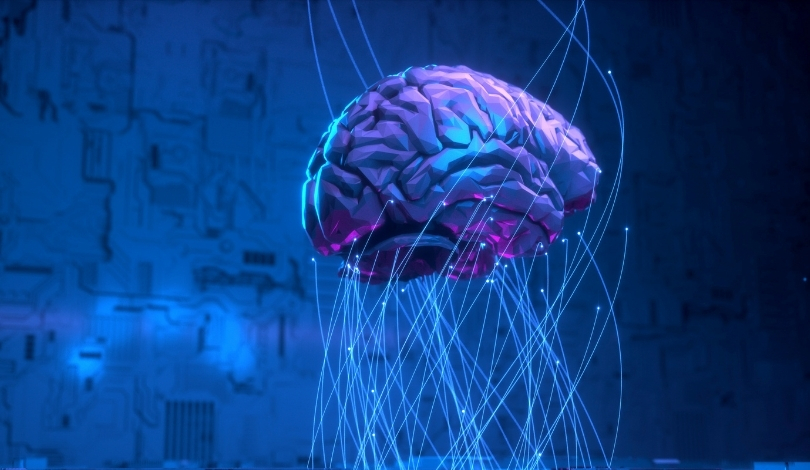The journal “Concurrency and Computation: Practice and Experience” recently published an article titled “Fair-XIDS: Ensuring fairness and transparency in intrusion detection models.” The article introduces the Fair-XIDS model, a novel development aimed at addressing challenges associated with Intrusion Detection Systems (IDS). The model emphasizes transparency and fairness, crucial for accurate decision-making in detecting unauthorized access and anomalies within systems and networks. The researchers highlight the significance of balancing these factors to improve the model’s reliability and robustness, reflecting on the need for this balance in previous systems.
Challenges in IDS Models
IDS models have long faced the issue of being black boxes, making it difficult for network experts to trust alerts and understand the model’s internal logic. This lack of transparency hampers effective action on detected anomalies. Additionally, biased decisions made by these models adversely impact their performance, increasing false positive rates and reducing overall accuracy. Addressing these issues remains a critical challenge in the field.
The Fair-XIDS model proposes a solution by integrating complex transparency and fairness algorithms. These algorithms aim to reduce imbalances, algorithmic bias, and postprocessing bias. The results are promising, showing an average 85% reduction in false positive rates. By targeting these specific issues, Fair-XIDS not only enhances the reliability of IDS but also promotes trust among network professionals.
Performance and Evaluation
The Fair-XIDS model’s performance was evaluated across diverse datasets and classifiers, demonstrating its model-agnostic nature. The results indicated that the model achieves an average of 90% accuracy and more than 85% fairness. This balance between accuracy and fairness is crucial for maintaining consistent performance across varying conditions and datasets. Such a model ensures that decision-making processes within IDS are both reliable and fair.
Historically, IDS models were critiqued for their inability to provide clear explanations and for inherent biases that compromised their effectiveness. Previous attempts to address these issues often resulted in a tradeoff between accuracy and fairness, undermining model performance. The Fair-XIDS model aims to overcome these historical limitations, offering a more balanced approach that does not sacrifice one aspect for the other.
Earlier models also struggled with high false positive rates, which led to mistrust and inefficiencies in managing network security. The new approach taken by Fair-XIDS, focusing on reducing these false positives while maintaining high accuracy, marks a significant shift in the methodology of IDS development. This model’s innovative algorithms and comprehensive evaluation represent a forward movement in enhancing IDS capabilities.
For professionals and researchers in the field, understanding the intricacies of the Fair-XIDS model offers valuable insights into improving IDS frameworks. The combination of transparency, fairness, and high performance in one model provides a blueprint for future developments in the domain. By focusing on these essential aspects, the model ensures that IDS can be both trusted and effective, paving the way for more secure and reliable network systems.










